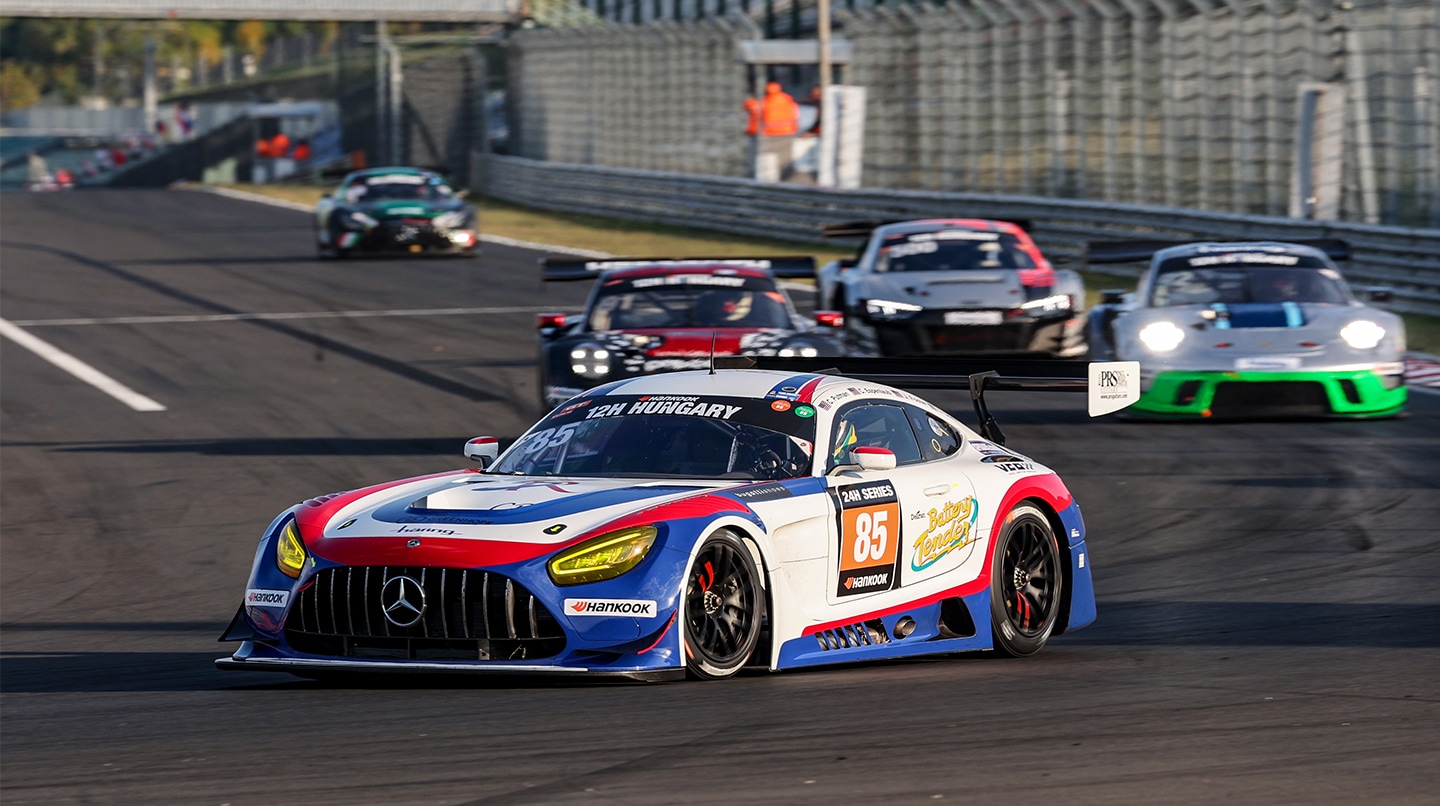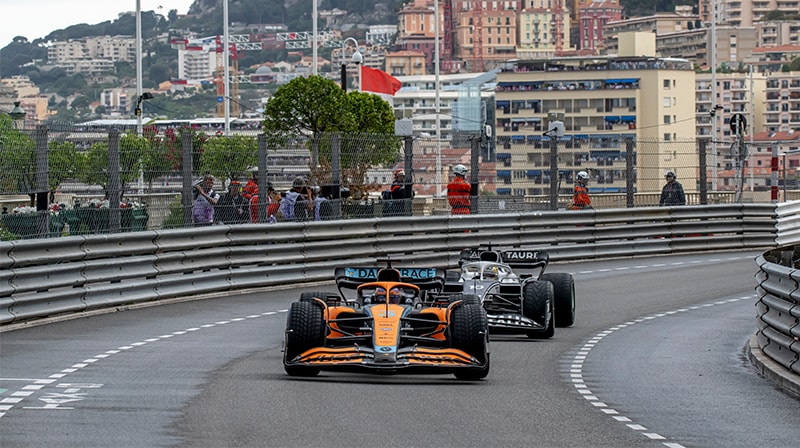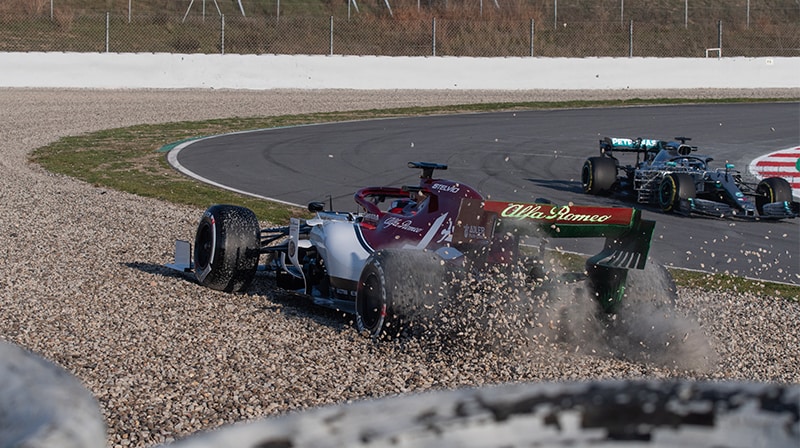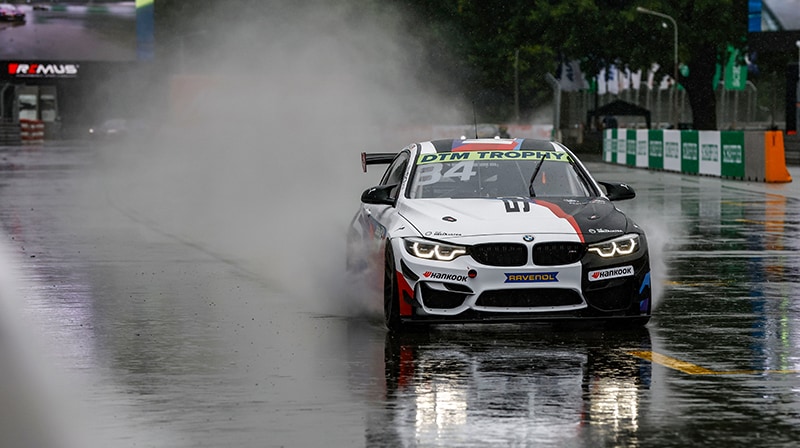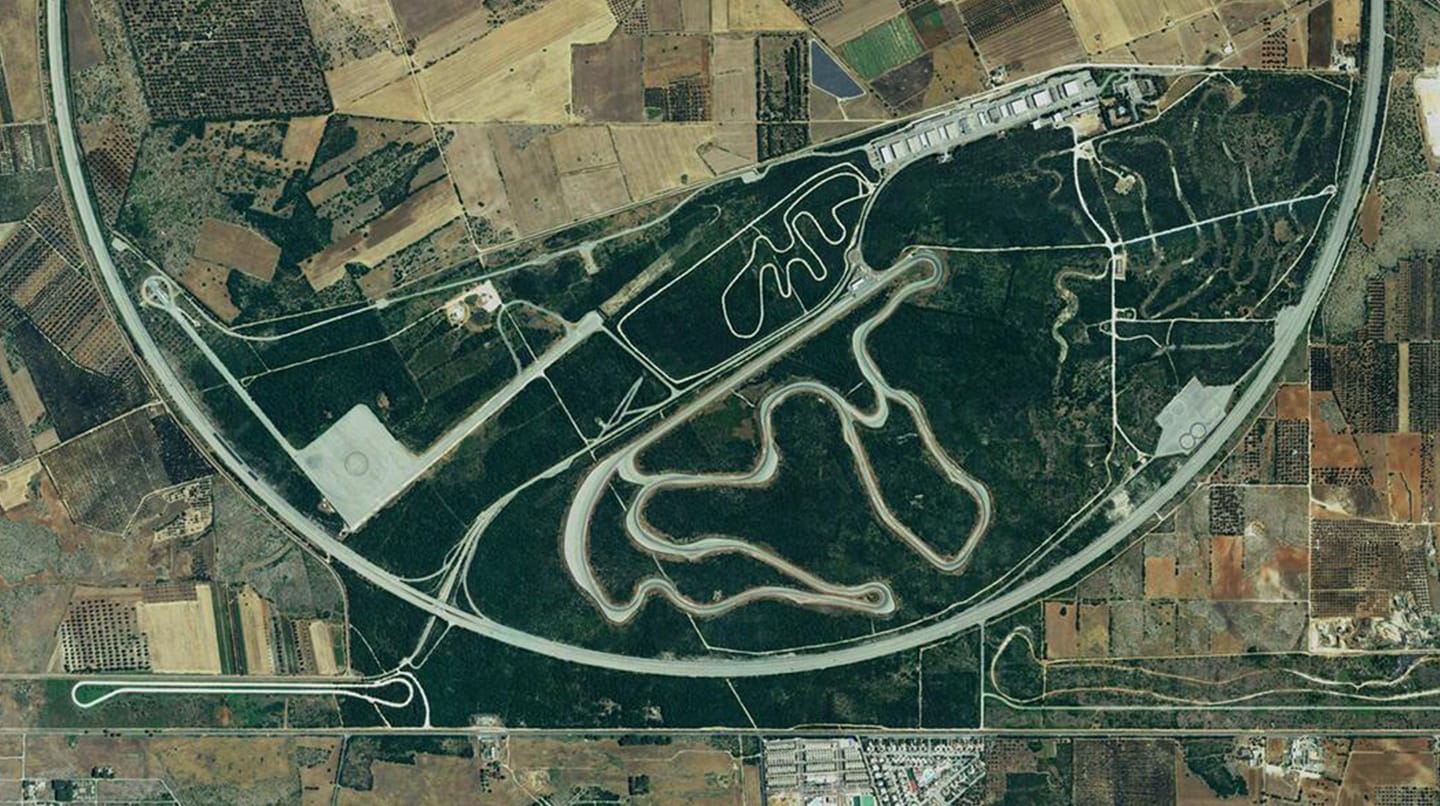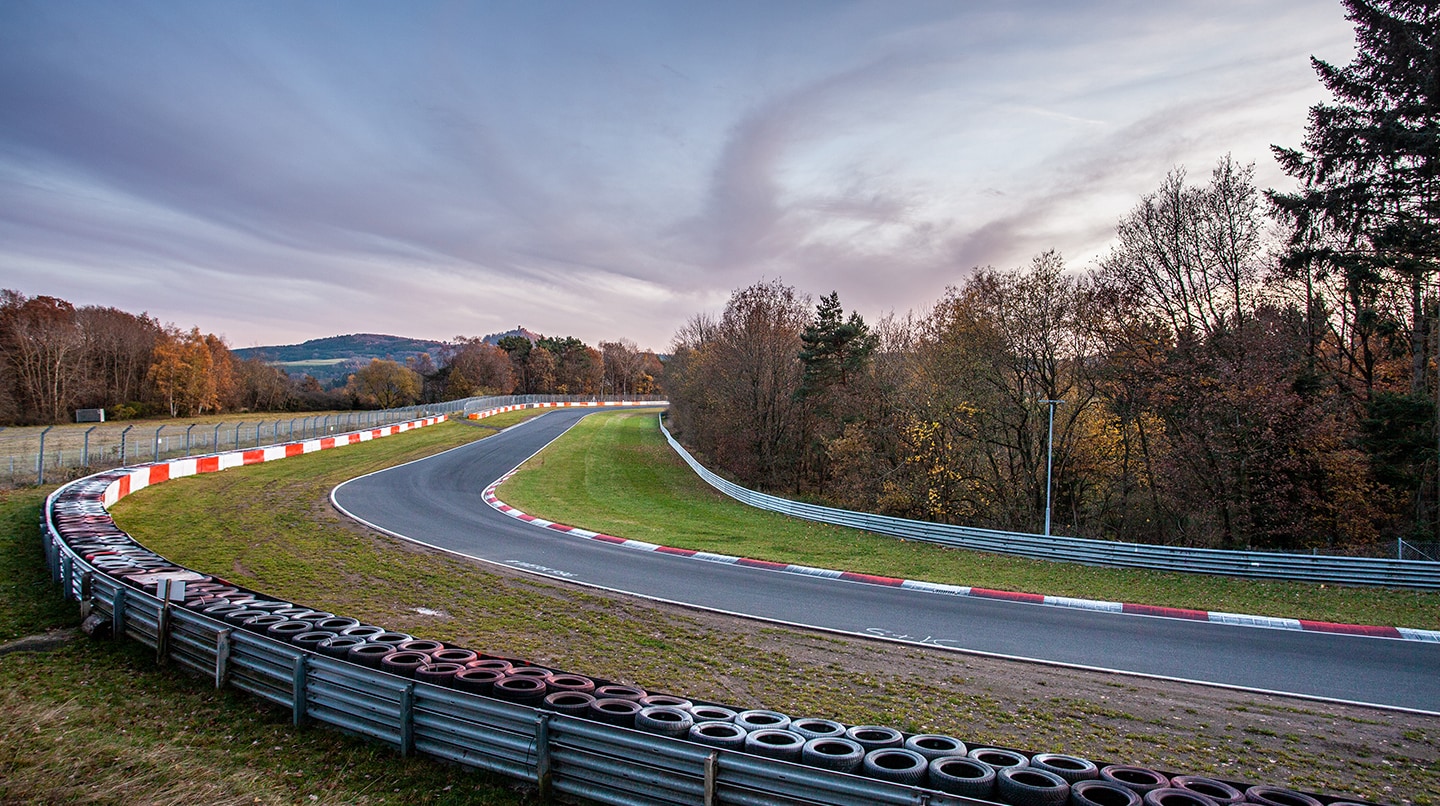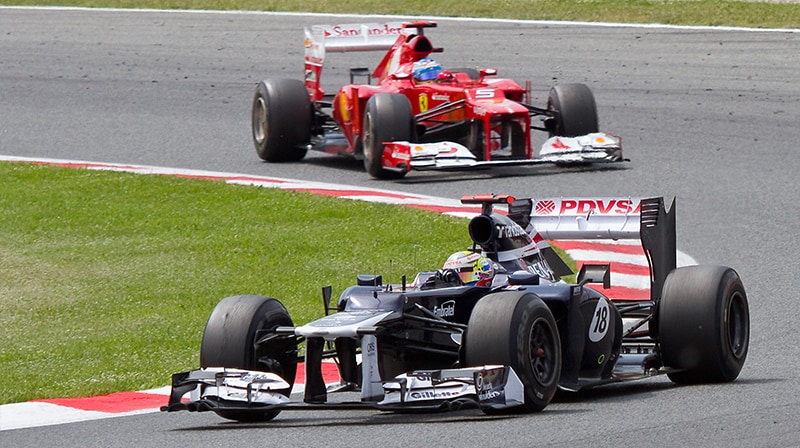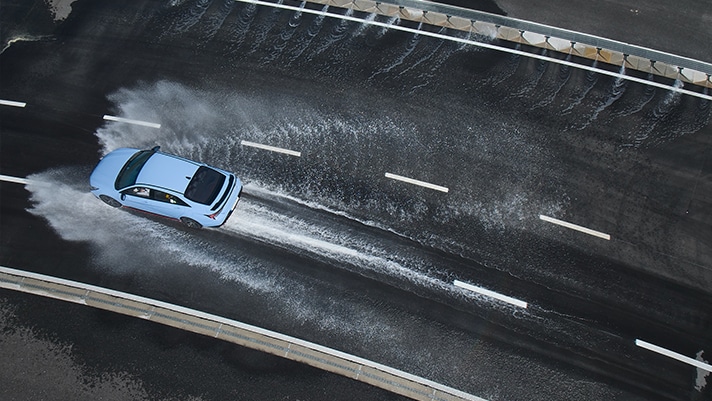Seemingly benefitting from a high degree of freedom in circuit construction, in reality, these circuits are built according to very strict standards.
Additionally, the circuits are approved and rated by the International Automobile Federation (FIA) according to applicable standards.
Only the tracks that gain FIA's Grade 1 license are allowed to host Formula One races, for example. The required standards to obtain the Grade 1 license are as follows:
First, tracks must be at least 3.5km long in total. Straights cannot be longer than 2km and circuits should not exceed 7km in length. If the course is too long, the race time per lap would be longer, thus posing greater safety concerns.
Tracks must be at least 12m wide at all points and there are strict standards applied to corners as well. For instance, the first corner must provide a change of direction of at least 45 degrees, have a radius of under 300 meters, and the starting line should precede the first corner by 250 meters.
The space between the different positions for the racing cars to remain stationary before the signal is given to start the race is also standardized. For general circuits, the grid spots must be spaced 6m apart, however, for Grade 1 circuits, this rises to 8m. In addition, the circuit is designed to meet the strict standards in terms of proportion of the pit straights, the width and length of the pit lane, and the angle of inclination of the corners.
There are also regulations on the safety-related facilities and spaces, specifically the protective walls and barriers. Concerning the barriers, Armco barriers, Tecpro barriers, concrete barriers, or tire walls must be erected due to the kinetic energy created when race cars collide.
More stringent standards are applied to spectator seats. A certain distance must be kept between the track and spectator seats and that distance may be further extended in consideration of the average passing speed in the section and the kinetic energy created as a result. Additionally, both the height and width of the catch fence are specified to protect the spectators.
A run-off area is required to give the drivers space to regain control of their speed when they drive off the track as well, and there are regulations on escape zones and escape roads to move drivers from an accident scene to a pit, drainage facilities, or other facilities to conduct racing. The regulations associated with circuit construction are so complex and detailed that it is impossible to list them all here.









